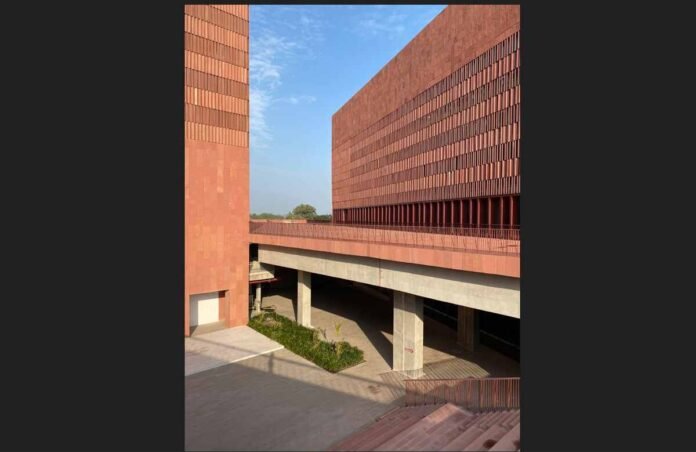India is a place of customs, culture, and legacy that tells its history and success narrative. Every region of the country has a story carved in it, from the striking architecture to the planning style. Every building narrates a tale that reflects India’s historical development. India’s distinctive legacy is still evident in the twenty-first century, whether it is in the Indo-Saracenic architecture of Mumbai or the Mughal architecture of Delhi. These buildings serve as inspiration for architects working today to create heritage-inspired designs that incorporate current design elements. In this article, Ar. Sonali Bhagwati, Founder and Principal Architect at Designplus Architecture, explores the essence of Indian heritage in modern architecture.
India’s Architectural Heritage
India’s cultural and artistic tradition is preserved in its architectural heritage. India’s rich cultural legacy is symbolised by iconic sites like the Taj Mahal and Hampi. The significance of Indian heritage monuments worldwide is highlighted by the fact that several of them are UNESCO World Heritage monuments. But maintaining these gems in the face of urbanisation is a difficult task. The answer to this problem is to preserve the nation’s legacy while balancing advancement.
Maintaining Progress While Balancing Preservation
India has set the standard for urbanisation and growth in recent years. In several cities, this has caused historic buildings to become unstable. These places are regularly encroached upon by urban expansion, which sparks discussions over priorities. For instance, commercial activity and infrastructural projects pose a threat to ancient districts like Shahjahanabad in Delhi. Similarly, the famous Taj Mahal’s exterior has turned pale yellow due to the industrial districts in the city of Agra. This can be balanced with the right government initiatives and conservation strategies.
Conservation Activities in a Contemporary Setting
Setting heritage in the perspective of contemporary society is another aspect of conservation. Architects are figuring out how to bring old buildings up to date with modern requirements by implementing adaptive reuse techniques. An example of how conservation may live in an urban setting is the altered functionality of Mumbai’s Chhatrapati Shivaji Maharaj Terminus into a busy transit hub while maintaining its Gothic splendour.
The Application of Adaptive Reuse
The conflict between preservation and advancement can be resolved through adaptive reuse. Heritage buildings can be conserved and added to the urban landscape by being repurposed. For example, the refurbished Six Senses Fort Barwara in Rajasthan, which was originally a palace but now has lavish suites and retains its royal grandeur. Adaptive reuse is a promising strategy, but it must be carefully planned to prevent the original structure’s integrity from being compromised.
Harmony and balance are necessary in the symphony that is the interaction between tradition and advancement. Heritage will demonstrate that the past is not a hindrance to development but rather a link to a more inclusive future as it actively contributes to India’s advancement!



